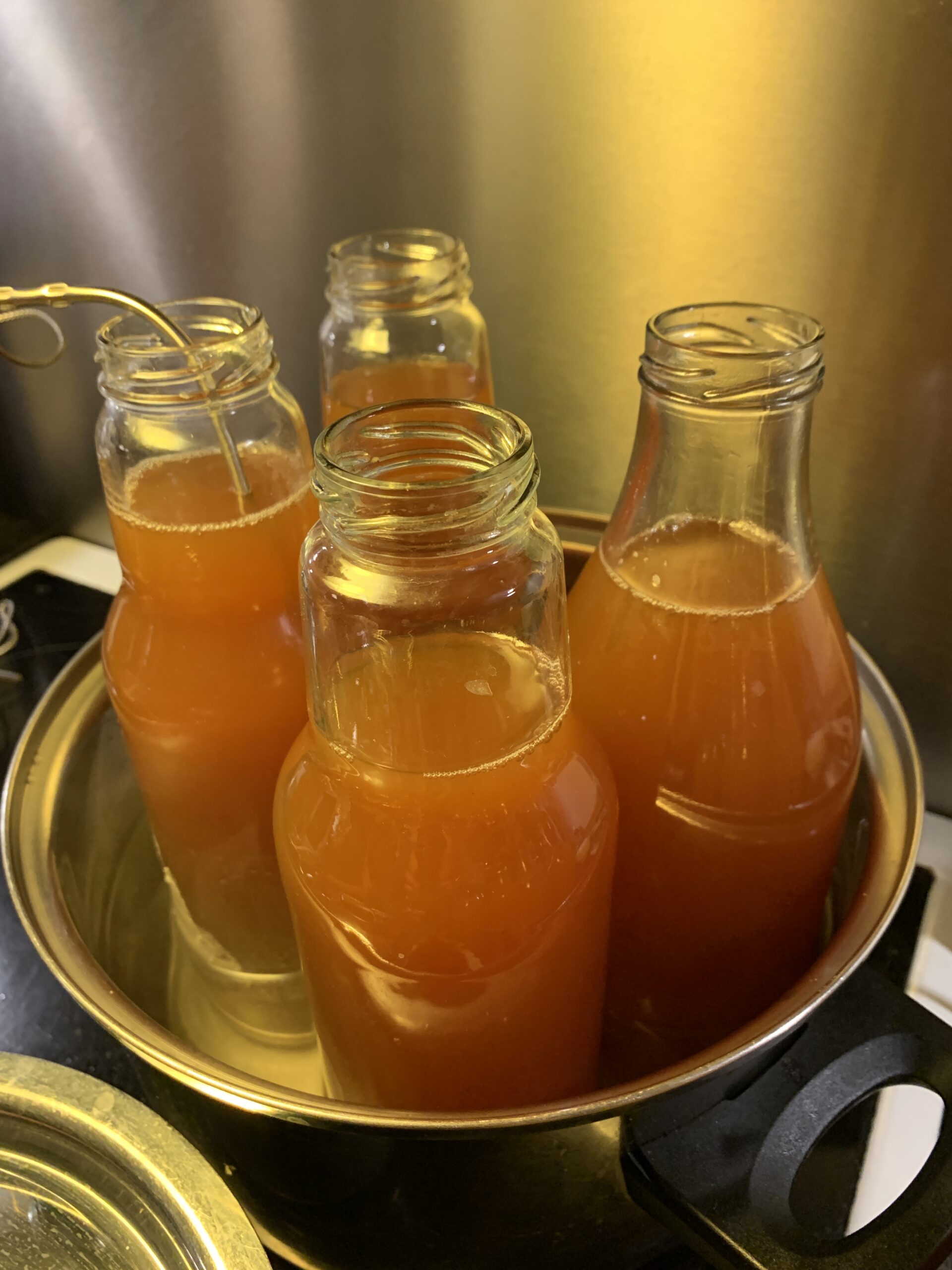What wines have the least tannins?
This is a common question among wine enthusiasts who are looking to enjoy a glass without the astringent and mouth-drying sensation that tannins can cause.
In this blog post, we’ll explore the least tannic wines available on the market, and discuss factors that contribute to tannin content in wines.
From the winemaking process to the grape variety, there’s a lot to learn about the world of low-tannin wines.
Understanding Tannins
What are Tannins?
Tannins are naturally occurring compounds found in grape skins, seeds, and stems. They are a type of polyphenol, which are antioxidants that can protect the body from inflammation and oxidative stress.

In wine, tannins provide structure, complexity, and a sense of weight on the palate. However, they can also cause a drying sensation in the mouth, which some people find unpleasant.
Factors Affecting Tannin Content in Wine
There are several factors that can influence the tannin content in wine, including:
1. Grape variety: Some grape varieties are naturally higher in tannins than others. For example, Cabernet Sauvignon and Nebbiolo are known for their high tannin content, while Pinot Noir and Gamay have lower levels of tannins.
2. Winemaking techniques: The way a wine is made can also affect its tannin content. Techniques such as extended maceration (soaking grape skins in the juice for a longer period) can extract more tannins, while gentle pressing and shorter maceration times can result in less tannic wines.
3. Oak aging: Oak barrels can impart tannins to wine during the aging process. Wines aged in new oak barrels will typically have more tannins than those aged in older barrels or stainless steel tanks.
Low Tannin Red Wines

Pinot Noir
Pinot Noir is a prime example of a low tannin red wine. This elegant and delicate grape variety typically produces wines with soft tannins and bright acidity. Look for examples from cooler climate regions like Burgundy, Oregon, and New Zealand for a refreshing and easy-drinking experience.
Gamay
Gamay is another red grape variety known for its low tannin content. This grape is most famously grown in the Beaujolais region of France, where it produces fruity and light-bodied wines. A good Beaujolais or Beaujolais-Villages will have minimal tannins, making it an ideal choice for those who prefer a softer style of red wine.
Tempranillo
Tempranillo is the main grape variety used in Spanish Rioja wines. While some Riojas can be quite tannic, especially those aged in oak, younger and fresher styles of Tempranillo are known for their low tannin content. Look for a Rioja labeled as “Joven” or “Crianza” for a more approachable and less tannic option.
Low Tannin White Wines
Riesling
Riesling is a high-acid white wine that is naturally low in tannins. This aromatic grape variety produces wines with flavors of green apple, citrus, and stone fruit. Rieslings can range from bone-dry to sweet, but all styles will be low in tannins due to the minimal skin contact during the winemaking process.
Sauvignon Blanc
Sauvignon Blanc is another low tannin white wine option. This crisp and refreshing wine is known for its vibrant acidity and flavors of grapefruit, passion fruit, and fresh-cut grass. Like Riesling, Sauvignon Blanc is low in tannins due to the short amount of time the grape juice spends in contact with the skins.
Pinot Grigio / Pinot Gris
Pinot Grigio (also known as Pinot Gris) is a versatile and easy-drinking white wine that is naturally low in tannins. This grape variety can produce a range of wine styles, from light and zesty to rich and full-bodied. Regardless of the style, Pinot Grigio wines will always be low in tannins.
Experimenting with Low Tannin Wines
Trying Different Styles
Now that you know which grape varieties tend to produce low tannin wines, consider experimenting with different styles and regions. For example, try a German Riesling alongside an Australian Riesling, or compare a California Pinot Noir to one from Burgundy. You might discover a new favorite wine in the process!

Blending Tannic and Low Tannin Wines
If you have a highly tannic wine that you’re struggling to enjoy, consider blending it with a low tannin wine to create a more balanced and approachable drink. This can be a fun way to experiment with different flavor profiles and learn about the impact of tannins on the overall wine experience.
Conclusion
In conclusion, low tannin wines can provide a pleasant and approachable drinking experience for those who prefer a softer and less astringent wine. Some of the least tannic wines include Pinot Noir, Gamay, Tempranillo, Riesling, Sauvignon Blanc, and Pinot Grigio.
Factors such as grape variety, winemaking techniques, and oak aging can all influence the tannin content in wine. Don’t be afraid to experiment with different styles and regions to find the perfect low tannin wine for your palate.
Top 10 Facts About Low Tannin Wines
1. Tannins are naturally occurring compounds found in grape skins, seeds, and stems.
2. They provide structure, complexity, and a sense of weight on the palate.
3. Some grape varieties are naturally higher in tannins than others.
4. Winemaking techniques can influence the tannin content in wine.
5. Oak barrels can also impart tannins to wine during the aging process.
6. Pinot Noir, Gamay, and Tempranillo are examples of low tannin red wine grapes.
7. Riesling, Sauvignon Blanc, and Pinot Grigio are examples of low tannin white wines.
8. Cooler climate regions often produce wines with lower tannin content.
9. Experimenting with different styles and regions can help you discover your favorite low tannin wines.
10. Blending tannic and low tannin wines can create a more balanced and approachable drink.
FAQs
Do some wines have more tannins than others?
Yes, some wines have more tannins than others. Tannins are naturally occurring compounds found in grape skins, seeds, and stems, as well as in oak barrels used for aging. Red wines generally have higher tannin levels compared to white wines because red wines are fermented with the grape skins, allowing for more contact with tannins. Tannins contribute to the structure, bitterness, and astringency of a wine, and their presence can be influenced by factors such as grape variety, winemaking techniques, and aging process.
Does cheap red wine have more tannins?
Cheap red wine does not necessarily have more tannins. The tannin levels in wine are determined by factors such as grape variety, winemaking techniques, and aging process. While some inexpensive red wines may have higher tannin levels, it is not a universal characteristic. The quality and quantity of tannins can vary across wines of different price points.
Which red wine has more tannins?
Cabernet Sauvignon typically has more tannins compared to other red wines.
Does more expensive wine have less tannins?
The price of wine does not necessarily correlate with the amount of tannins it contains. Tannins are naturally occurring compounds found in grape skins, seeds, and stems, which contribute to the wine’s structure and mouthfeel. The level of tannins in wine is primarily determined by factors such as grape variety, winemaking techniques, and the amount of skin contact during fermentation. Therefore, the price of wine is not a reliable indicator of its tannin content.
Do some red wines have more tannins than others?
Yes, some red wines have more tannins than others. Tannins are naturally occurring compounds found in grape skins, seeds, and stems. Different grape varieties and winemaking techniques can affect the level of tannins in a wine. For example, grapes with thicker skins tend to have higher tannin levels. Additionally, longer periods of maceration (skin contact during fermentation) and aging in oak barrels can also contribute to higher tannin content in red wines.
Does expensive wine have less tannins?
No, the price of wine is not directly related to its tannin content. The tannin levels in wine can vary depending on several factors, such as grape variety, winemaking techniques, and aging process. Expensive wines may have a higher quality and complexity, but this does not necessarily mean they have less tannins.




